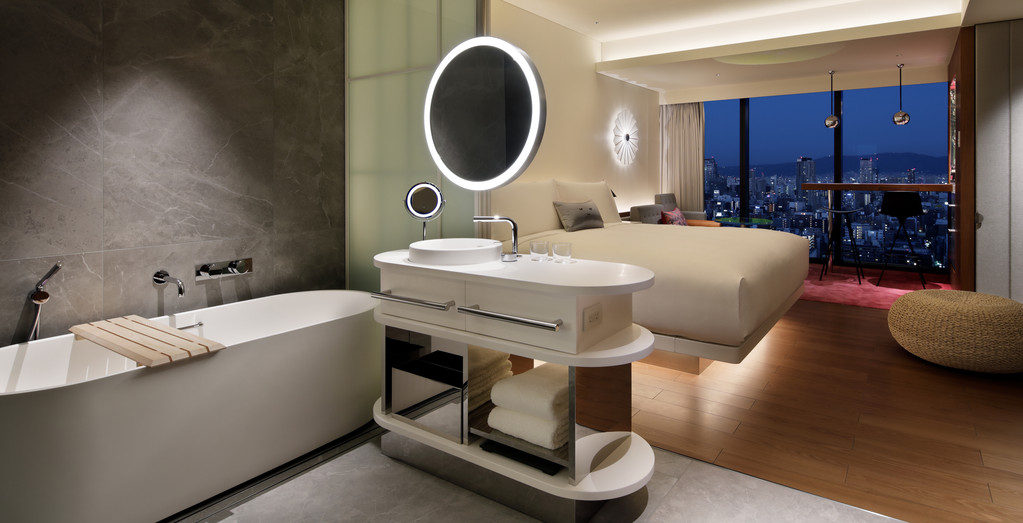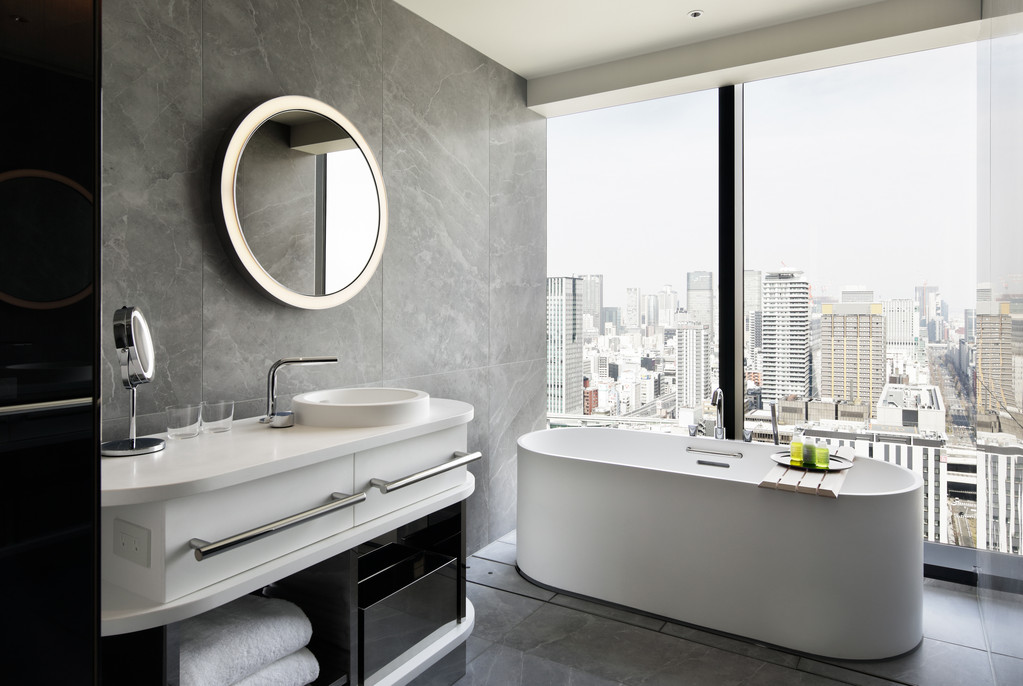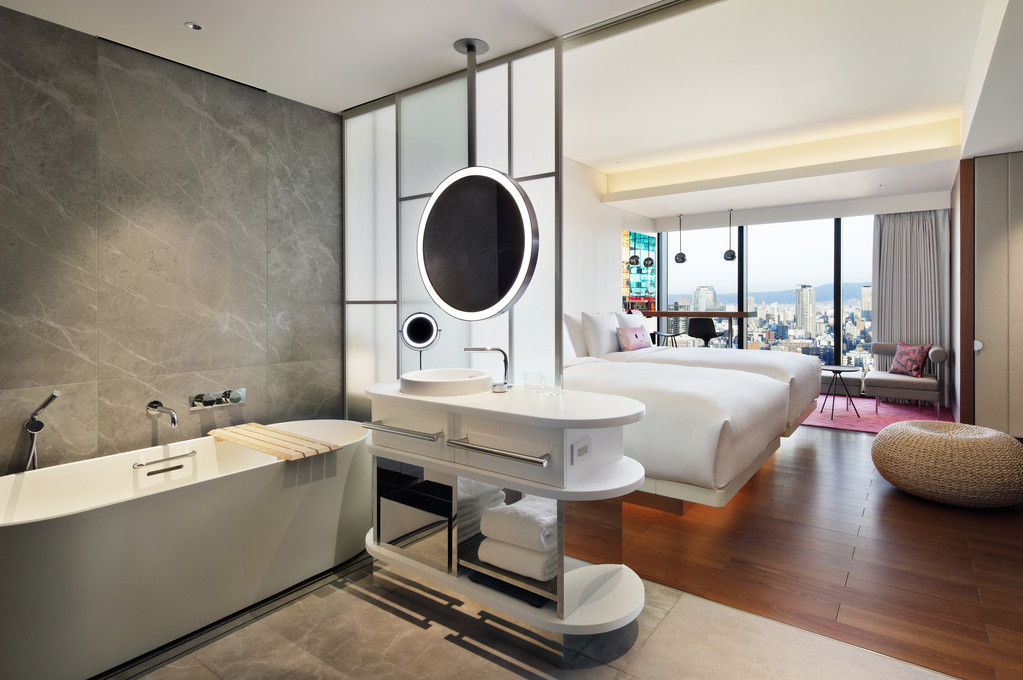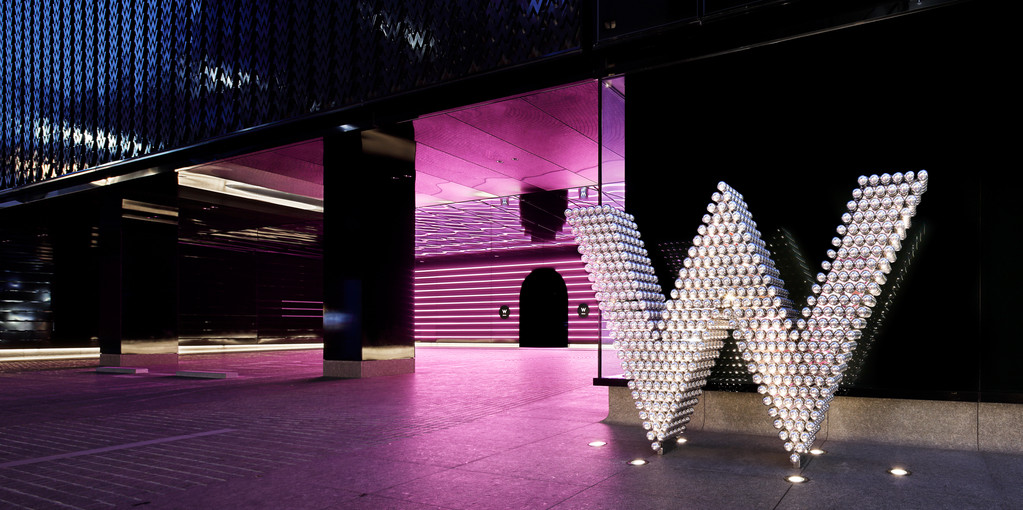Finishes are very important for the experiences of the users. Bart De Beer, Associate & Project Architect of Concrete Amsterdam, explains how porcelain and ceramic tiles give a great contri-bution in any type of project and how they could be part of the new frontier of smart surfaces.

Trend
The crucial role of finishes in interior design
11 June 2021
What is Concrete’s approach towards Interior Design?
What we always try to do is to put the user at the center of the project. The majority of our projects are related to hospitality, thus it’s the guests who are the epicenter of a certain work. Concrete works also on residential projects, where instead it’s the person who lives there the main focus of our job. In any case, we always have this target group in our head and we never design something for ourselves or for the client. By looking at our portfolio, you can easily see that Concrete does not have only one style as we always try to reinvent ourselves in every assignment.
How important are finishes in today’s architectural projects? Can you tell us about a case history in this regard?
Finishes surely play a crucial role nowadays and the W Osaka project is a clear example of it. They are very important for the experiences of the users, in this case the guests of the hotel. The guests expect something when they enter the hotel lobby, the room or the restaurant. The finishes fulfil this expectation and guide the guests throughout their stay. Nowadays we often work by following the so called “value engineering”, which is a systematic, organized approach to providing necessary functions in a project at the lowest cost. In the case of the W hotel in Osaka, in order to cut costs the project team had to lower the total height of the building and abandon the initial idea of using natural stone for the finishes. That’s when the Atlas Concorde products came into place, providing the perfect solution.




There is a return to a texture-color style, a new Decorativism. How porcelain and ceramic contribute to give character and recount architectural spaces identity?
Porcelain and ceramic give a great contribution in any type of project, especially in those where you cannot use other types of materials. Nowadays porcelain and ceramic got very close to the original material, such as marble, also thanks to the offer of big size tiles. Such a broad offer opens new horizons to design, positively influencing the mood of each project.
How can materiality influence the user experience?
Finishes and lighting can play an important role in the user experience and the spaces around him/her. Porcelain and ceramic tiles can give the project several options, if we consider that you can combine not only several marble imitations but also wood, stone or concrete looks.
Intelligent surfaces are becoming a popular trend: which means we will experience more touch surfaces. Will there be a new frontier for the evolution of porcelain stoneware, given its ability to combine shape, appearance and performance?
Having intelligent surfaces and materials around you is becoming more and more important in nowadays world, where everyone tries to be efficient and spare time for family and other personal matters. Porcelain and ceramic tiles could be part of a new frontier, taking their known properties to a futuristic approach.
Concrete Amsterdam Philosophy:“Concrete believes that functionality has no style. Our philosophy is no philosophy. Instead, we reinvent ourselves, adapting according to every project’s needs. After all, what works in one country or client doesn’t work for another. Our goal is to create aesthetically pleasing buildings and interiors that work, that function. Put another way, we create commercially applied functional art (though we’re not artists.) And you can see this attitude throughout our process, from the presentation to the bricks to the guest experience.”










































.jpg?cropw=4096&croph=2654.2479700187387&cropx=9.695217308093677e-13&cropy=76.7520299812622&cropmode=pixel#?w=3840&q=100)






































.tif?cropw=4036.303976681241&croph=2705.4159900062464&cropx=59.69602331875912&cropy=25.584009993753906&cropmode=pixel#?w=3840&q=100)
.jpg?cropw=4096&croph=2978.1919633562356&cropx=0&cropy=93.80803664376384&cropmode=pixel#?w=3840&q=100)


.jpg?cropw=4096&croph=2304&cropx=0&cropy=215.39045431878446&cropmode=pixel#?w=3840&q=100)




